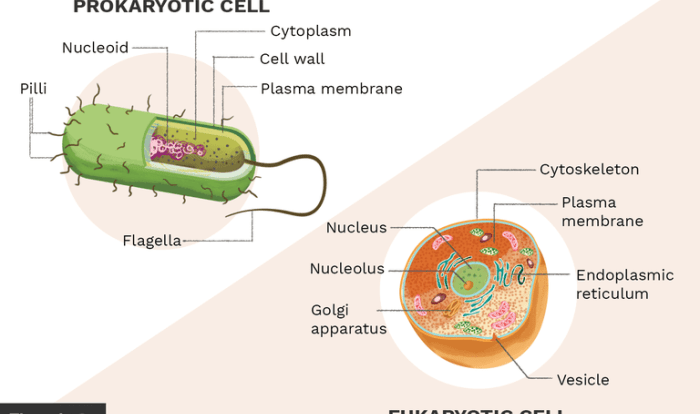Embark on a scientific odyssey with Chapter 8 Lesson 3 Cell Transport Answer Key, a comprehensive guide to the intricate mechanisms that govern the movement of molecules across cell membranes. This in-depth resource unravels the fundamental concepts of cell transport, providing a solid foundation for understanding cellular processes.
Through engaging explanations, illustrative examples, and thought-provoking questions, this answer key illuminates the significance of cell transport in maintaining cellular homeostasis and overall organismal health.
Chapter 8 Lesson 3: Cell Transport: Chapter 8 Lesson 3 Cell Transport Answer Key

This lesson explores the fundamental concepts of cell transport, a critical process that allows cells to exchange materials with their surroundings. Understanding these mechanisms is essential for comprehending cellular function and overall organismal health.
Types of Cell Transport
Cell transport can be broadly categorized into two main types:
- Passive transport:Movement of molecules from an area of high concentration to an area of low concentration without the use of cellular energy.
- Active transport:Movement of molecules against a concentration gradient, requiring the use of cellular energy.
Passive Transport, Chapter 8 lesson 3 cell transport answer key
Passive transport involves the movement of molecules down a concentration gradient. This includes:
- Diffusion:Movement of molecules from an area of high concentration to an area of low concentration.
- Osmosis:Movement of water across a semipermeable membrane from an area of low solute concentration to an area of high solute concentration.
Active Transport
Active transport utilizes cellular energy to move molecules against a concentration gradient. This includes:
- Sodium-potassium pump:A transport protein that pumps sodium ions out of the cell and potassium ions into the cell, maintaining the appropriate ion concentrations for cellular function.
- Endocytosis:The process by which cells take in large molecules or particles by engulfing them with the cell membrane.
- Exocytosis:The process by which cells release large molecules or particles by fusing vesicles with the cell membrane.
Importance of Cell Transport
Cell transport is essential for:
- Maintaining cellular homeostasis:Regulating the concentrations of molecules within the cell to ensure optimal functioning.
- Nutrient uptake:Transporting nutrients into the cell for energy production and cellular growth.
- Waste removal:Transporting waste products out of the cell to prevent toxicity.
- Communication:Transporting molecules between cells to facilitate communication and coordination.
Commonly Asked Questions
What is the significance of cell transport mechanisms?
Cell transport mechanisms are essential for maintaining cellular homeostasis, facilitating the exchange of nutrients, waste products, and signaling molecules across cell membranes.
Can you explain the difference between passive and active transport?
Passive transport involves the movement of molecules down their concentration gradient, requiring no energy input. Active transport, on the other hand, utilizes energy to move molecules against their concentration gradient.
How does the sodium-potassium pump contribute to active transport?
The sodium-potassium pump is an active transport mechanism that maintains the proper balance of sodium and potassium ions across cell membranes, playing a crucial role in nerve impulse transmission and muscle contraction.
